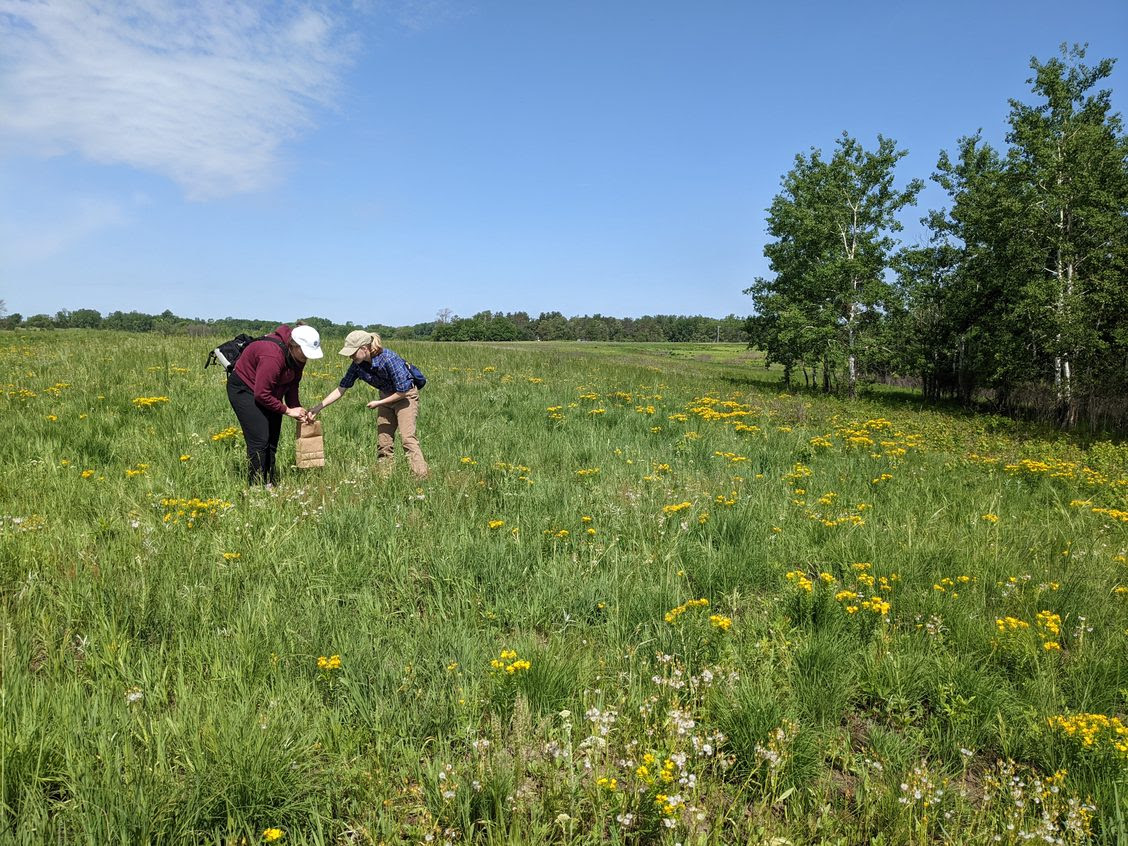UNI’s Tallgrass Prairie Center benefits Iowans
Thanks to a generous gift, the number of acres of restored prairie developed and managed by the Tallgrass Prairie Center at the University of Northern Iowa will soon triple in size. Cathy Irvine of Dysart has donated more land from her late husband’s family farm in northwest Benton County to allow it to be returned to tallgrass prairie, Iowa’s original ecosystem. There will be a dedication for Irvine Prairie on June 9 at 4 p.m. No RSVP is required.
Cathy Irvine’s 2023 gift will increase Irvine Prairie from 77 acres to almost 300 acres. It will become one of the largest tracts of restored prairie in eastern Iowa, a place for the community and children of all ages to learn about Iowa’s rich prairie heritage.
The mission of the Tallgrass Prairie Center stretches far beyond the Irvine Prairie in Dysart. The Tallgrass Prairie Center is active throughout the state, helping farmers and restoring prairie for the benefit of all. The center provides technical assistance to farmers and landowners interested in planting prairie on their land. Strategic use of prairie vegetation on farms can reduce soil erosion and nutrient runoff while improving soil health.
“We don't go out and just advocate for prairie restoration,” said Laura Jackson, director of the Tallgrass Prairie Center. “That's really not what we're about. We're about providing practical action steps.”
Another way the Tallgrass Prairie Center benefits the state is through the Roadside Management Program. The center works with counties throughout the state to help them plant prairie on Iowa’s roadsides. Since more than half of Iowa’s public land is in ditches, roadsides are the perfect place to plant native vegetation. Each year, the Tallgrass Prairie Center distributes native seed to plant approximately 1,100 acres of county roadsides.

Prairie plants have deep roots, allowing them to act like a sponge and effectively filter and remove pollutants. As a result, having more prairie plants in the roadside improves water quality. Because restoring prairie in the roadside reduces the need for mowing and herbicide use, these programs can also save counties money.
In addition to these benefits, prairie provides habitat for pollinators including Monarch butterflies and beauty for all to enjoy.
